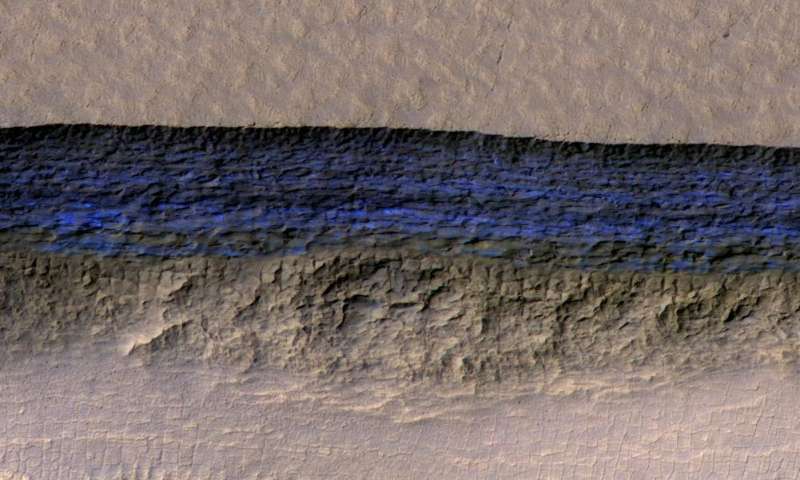
Astronomers have found sheets of ice just below the surface of Mars. The NASA images show layers of ice peeking out of eroded cliffs. A potential blessing for future humans on the red planet.
By examining images from the Mars Reconnaissance Orbiter (MRO) in orbit around Mars, American scientists have discovered eight scarps, with steep slopes that reveal new information about the internal layered structure of previously detected underground ice sheets in Mars’ middle latitudes.
“There is shallow ground ice under roughly a third of the Martian surface, which records the recent history of Mars,”
“What we’ve seen here are cross-sections through the ice that give us a 3-D view with more detail than ever before.”
– Study’s lead author, Colin Dundas of the U.S. Geological Survey’s Astrogeology Science Center in Flagstaff, Arizona.
The ice, which is weathered by wind, begins a few meters below the surface itself and is in some places over 100 meters thick.
According to earlier estimates, the underground ice covers one-third of the surface on Mars, but how much and how clean it has been unclear.
Scientists have not determined how these particular scarps initially form. We do know that Mars had a watery past, and it’s expected that much of the water is still on the planet. But the researchers’ reason that this particular ice is probably formed by snow falling on Mars during the periods when the planet’s polar axis leans more, which occurs at intervals of about 120,000 years.
At these intervals, it gets warmer in the north and south and frozen water turns into steam, which then results in snowing closer to the equator on Mars, and this is where scientists have found the big ice sheets.
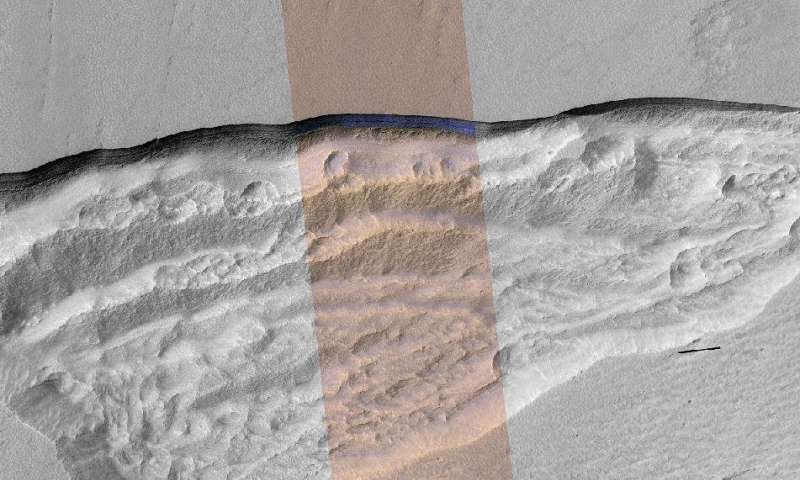
The very smooth sectional area that emerged along the rocks indicates that the ice is hard, solid and relatively clean from soil and sand. The color of the ice can tell you how the climate changed on Mars and can also contain clues in the quest for life, but to investigate it requires more image analyzes and actual samples of the ice.
While we’ve found plenty of ice near the pole during the Phoenix Lander mission, that’s not a very convenient location for future landings. This newly found under-ground ice could become a future water reservoir for man as we begin our quest to colonize the red planet. According to Nasa, the first astronauts will set foot on Mars within 20 years.
Reference:
Colin M. Dundas et. Al. “Exposed subsurface ice sheets in the Martian mid-latitudes“, Science 2018, DOI:10.1126/science.aao1619.


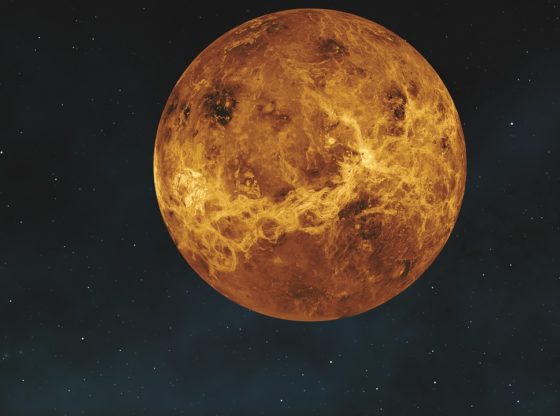
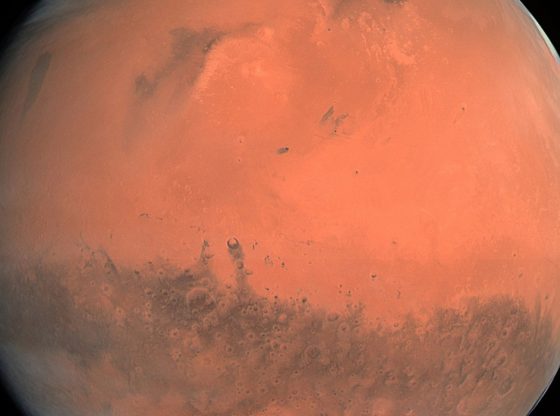
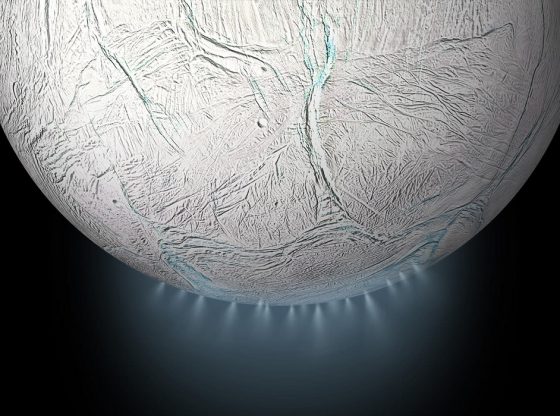
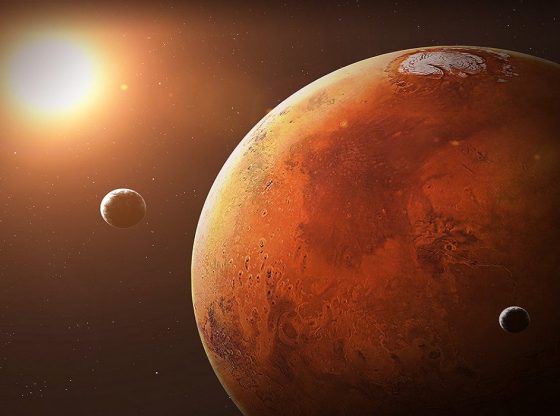
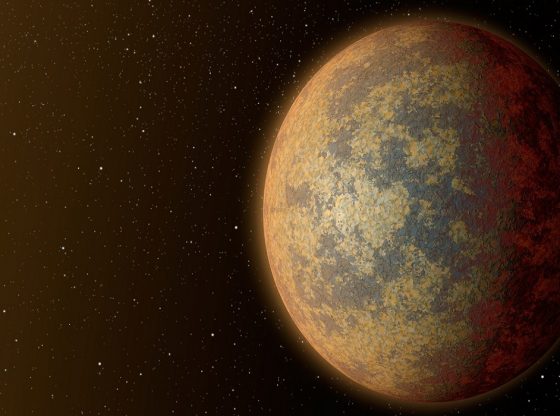

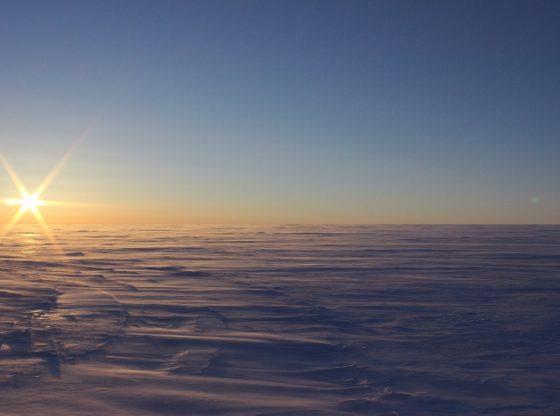


![OpenAI. (2025). ChatGPT [Large language model]. https://chatgpt.com](https://www.illustratedcuriosity.com/files/media/55136/b1b0b614-5b72-486c-901d-ff244549d67a-350x260.webp)
![OpenAI. (2025). ChatGPT [Large language model]. https://chatgpt.com](https://www.illustratedcuriosity.com/files/media/55124/79bc18fa-f616-4951-856f-cc724ad5d497-350x260.webp)
![OpenAI. (2025). ChatGPT [Large language model]. https://chatgpt.com](https://www.illustratedcuriosity.com/files/media/55099/2638a982-b4de-4913-8a1c-1479df352bf3-350x260.webp)








